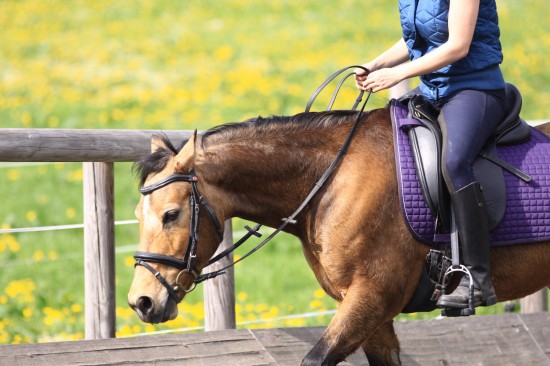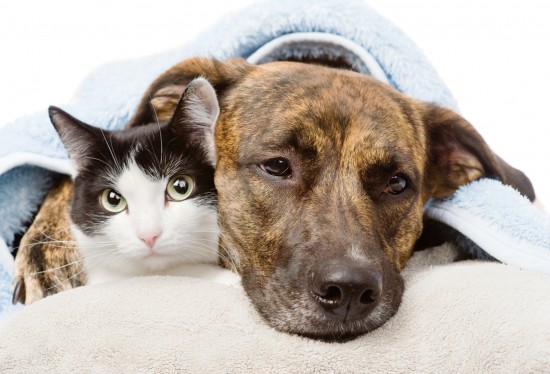
From long experience of a fitting dog, I'm less anguished during a seizure now than when my Boxer dog Gregory took his first fit more than three years ago. In the early days I worried his legs would break as they thrashed about violently, I thought he might swallow his tongue, or even die during a fit.
In short time I realised Gregory's fits were predictable, in frequency, duration, and pattern. And I learned how to cope with worst case scenarios.
?/p>
From day one I kept a diary of his fits, which occurred every 14 days or so, almost to the day. Invariably there'd be three separate fits, extending overall to half an hour or so followed by a couple of hours of Gregory pacing the floor, panting, drinking, and eating everything in sight.
?/p>
The fitting stage was similarly predictable and the onset would always start with his eyes twitching and head rolling, he'd lose his balance and lie on the floor. Seconds later his legs would start moving violently as if in full running mode, this jaws would open and close violently (called 'champing'), he'd froth at the mouth, he'd be wide eyed and looking bewildered.
?/p>
This fitting phase lasted about a minute but seemed much longer, and was always followed by Gregory lying very quiet and panting. The panting would stop after about ten minutes and he'd go very quiet and we knew another seizure was imminent. The whole experience would be repeated twice more, sometimes three times, and about fifteen minutes after the final fit Gregory would look brighter and try to stand up. At this stage he'd be very unstable, sometimes for several hours.
?/p>
In time we knew what to expect before, during and after a fit, and planned to cope accordingly.
?/p>
Three things are common to sufferers:
?/p>
* Temperature increases during a fit and leads to excessive drinking later, which in turn leads to frequent urinating which is difficult for a disorientated male dog standing on three legs! Two things helped overcome the worst of these problems:
?/p>
- Instead of fresh water we put ice cubes into his bowl, which Gregory licked and which reduced both temperature and thirst without need for frequent urination.
?/p>
- We'd always place him in a girdle type harness when the fitting stopped. We chose a sturdy type with heavy fabric slats around the body. This meant we could support him during the wandering phase and make sure he didn't stumble when one leg was cocked!
?/p>
* Many dogs gain weight as a result of medication used to control seizures which can be difficult to shed. More frequent exercise helps, as does calorie counting and feeding fat free meat. Most meat contains hidden fat which can be removed by leaving the meat to cool after cooking and removing the fat layer that builds on the surface.
?/p>
* Some proprietary dog foods contain chemicals which
can cause or exacerbate seizures. We began checking contents on everything we
bough, main food or treats, and found some improvement in frequency and
ferocity of fits. You'll find some manufactured foods contain many different
chemicals and colouring, some contain none. Ask your veterinary surgeon to
recommend a chemical and colouring free product for you or feed only fresh meat
with fat removed.
 Sugar Gliders - What Are They And Do I Want One As A Pet?
Sugar Gliders - W
Sugar Gliders - What Are They And Do I Want One As A Pet?
Sugar Gliders - W
 Finding The Right Horse Riding Instructor
Finding The Right
Finding The Right Horse Riding Instructor
Finding The Right
 Fun Outdoor Activities To Do With Your Dog
Fun Outdoor Activ
Fun Outdoor Activities To Do With Your Dog
Fun Outdoor Activ
 Tips To Help Dogs & Cats Lose Weight Safely & Effectively
Tips To Help Dogs
Tips To Help Dogs & Cats Lose Weight Safely & Effectively
Tips To Help Dogs
 Looking After Your Rabbits Teeth
Looking After You
Looking After Your Rabbits Teeth
Looking After You
Copyright © 2005-2016 Pet Information All Rights Reserved
Contact us: www162date@outlook.com